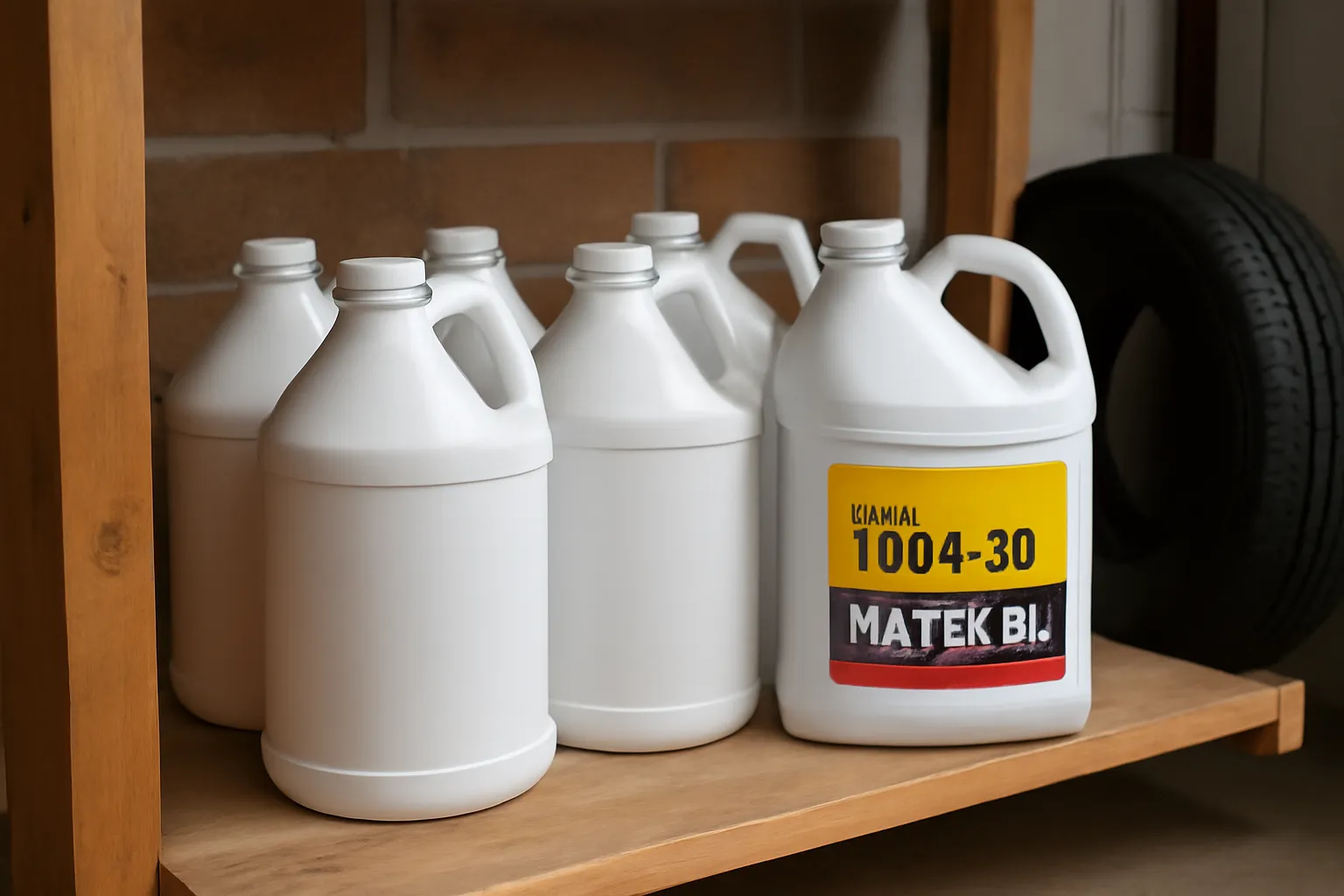Storing engine oil correctly can extend its lifespan and maintain its efficiency when used in your vehicle. Whether you’re keeping oil for regular maintenance or for an emergency, knowing how to store it properly is essential. In this article, we’ll explore the best practices for storing engine oil, the factors that affect its shelf life, and how to replenish oil in your vehicle effectively.
Wondering how to store engine oil and make sure it’s still good when you need it? Learn all about engine oil storage life, temperature, and how to replenish your engine oil properly in this comprehensive guide!
Engine Oil Storage Life: How Long Can You Keep It?
When it comes to engine oil, its shelf life is a concern for many vehicle owners and mechanics. While most engine oils are designed to last for a long period, improper storage can reduce their effectiveness and cause them to degrade faster.
Factors that Impact Oil Storage Life
Several factors can affect how long engine oil can last in storage:
-
Type of Oil Synthetic oils often have a longer shelf life compared to conventional oils.
-
Packaging Factory-sealed containers of oil can last up to five years or more, while opened containers should be used within a year to ensure maximum effectiveness.
-
Storage Conditions Storing oil in extreme temperatures or in humid conditions can shorten its shelf life significantly.
How to Ensure Oil Stays Fresh
To maximize the lifespan of engine oil, keep it in a dry, cool area. Avoid direct sunlight, as the UV rays can degrade the oil. Ensure that the container remains sealed tightly and is stored in an upright position to prevent contamination from dust and debris.
Example Case
A mechanic shared that he once used a bottle of synthetic oil stored for 3 years. Despite the bottle being sealed, the oil didn’t perform well because it was stored in a damp garage. After a quick oil change, he noticed smoother performance from the engine once fresh oil was added.
Want to make sure your oil stays fresh for longer? Click the link below for more tips.
How to Keep Your Engine Oil Trunk Organized
Proper storage isn’t just about keeping the oil safe—it’s also about organization, especially for people who store multiple containers of oil in their garages or shops. The way you keep your oil can affect both its quality and your ease of access.
Organizing Your Oil Storage
Here are some practical tips for keeping your engine oil storage efficient:
-
Use a Designated Shelf or Cabinet Store oil containers on a shelf or in a cabinet where they’re easily accessible and protected from environmental factors.
-
Label the Containers Clearly label the containers with the oil type and purchase date. This will help you track the oil’s age and type.
-
Keep Containers Off the Ground If possible, store oil containers off the ground to avoid contamination from dust or dirt.
Example Case
In a garage setup, one car owner installed a wooden shelf for storing his various oil types, separating them by vehicle requirements. By labeling each container, he could easily identify which oil he needed for a particular car. This system also helped him avoid using expired oil in his vehicle.
Why Is It Important to Keep Oil Stored Properly?
Storing engine oil in the correct environment doesn’t just protect the oil’s longevity—it also keeps your garage or workspace safer. Properly organized storage prevents accidental spills and helps you quickly access the right type of oil when you need it.
Click here to find storage solutions for your garage.
The Ideal Engine Oil Storage Temperature: What You Need to Know
One of the most critical aspects of engine oil storage is temperature control. Both high and low temperatures can negatively affect engine oil quality. Understanding the ideal storage temperature can significantly extend the life of your oil and ensure it performs when used.
Ideal Storage Temperature Range
Engine oil should ideally be stored between 32°F (0°C) and 85°F (29°C). Storing oil in temperatures outside this range can cause it to break down more quickly.
Why Temperature Matters
High temperatures can cause the oil to oxidize faster, leading to thickening or a decrease in its lubricating properties. Conversely, extreme cold temperatures can cause oil to become too viscous, making it harder for your engine to use it effectively when needed.
Example Case
A customer once stored oil in a shed where temperatures regularly dropped below freezing. When they tried to use it during winter, the oil didn’t perform well, and their engine experienced rough starts. After changing the storage location to a temperature-controlled area, the performance improved immediately.
How to Store Oil in Extreme Temperatures
If your garage or shed isn’t temperature-controlled, consider storing oil in a more consistent environment, such as inside your house or near a heating source. Avoid leaving it in your car during extreme weather conditions, especially during the winter months.
For more information on maintaining the perfect storage temperature for engine oil, click here.
👉 Learn about ideal temperatures 👈
Conclusion
Proper engine oil storage is essential for preserving the quality of the oil and ensuring that your vehicle runs smoothly. By understanding how oil storage life works, the importance of temperature control, and how to keep your storage area organized, you can ensure that your oil remains effective and ready for use whenever you need it.
Remember that the right storage techniques are just as important as choosing the right type of engine oil for your vehicle. Keep these tips in mind, and your oil will stay fresh and reliable for much longer.
“Quality is never an accident; it is always the result of intelligent effort.” — John Ruskin
By following these storage guidelines, you’re ensuring that your oil performs optimally for your engine, providing you with smoother and more reliable vehicle maintenance.






